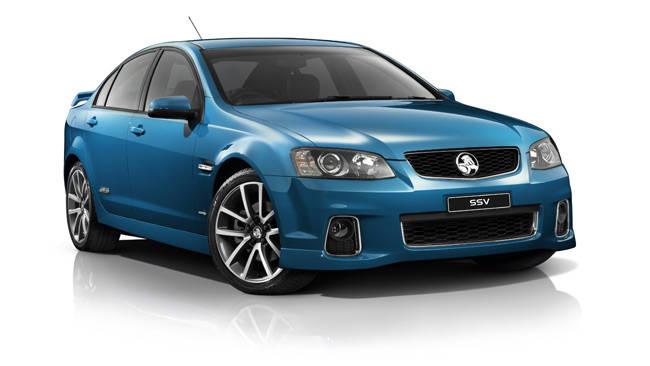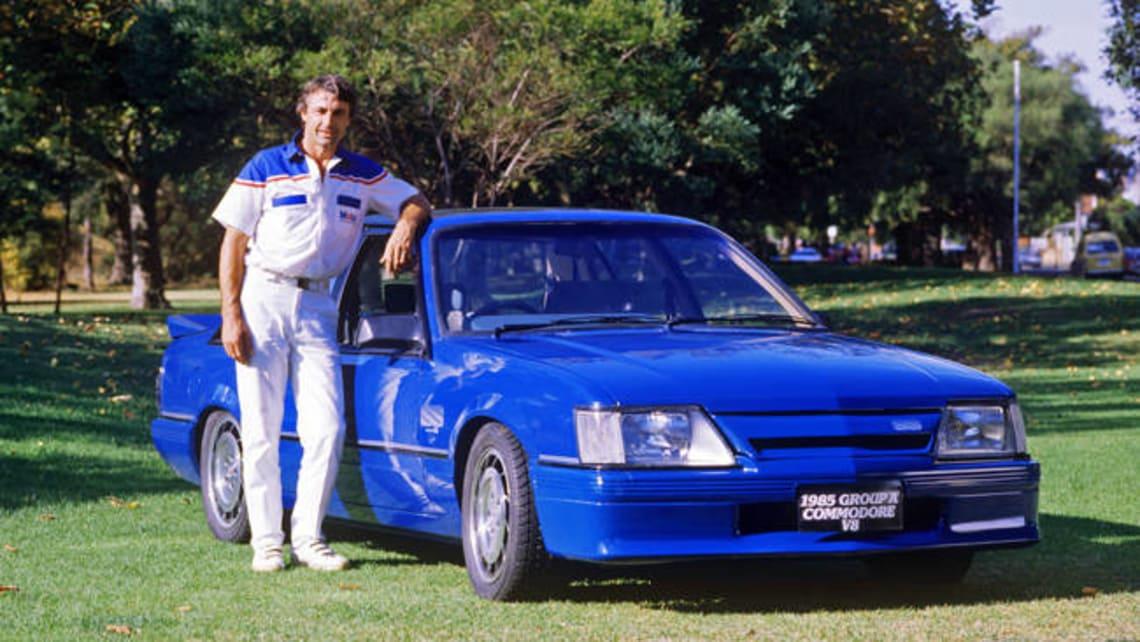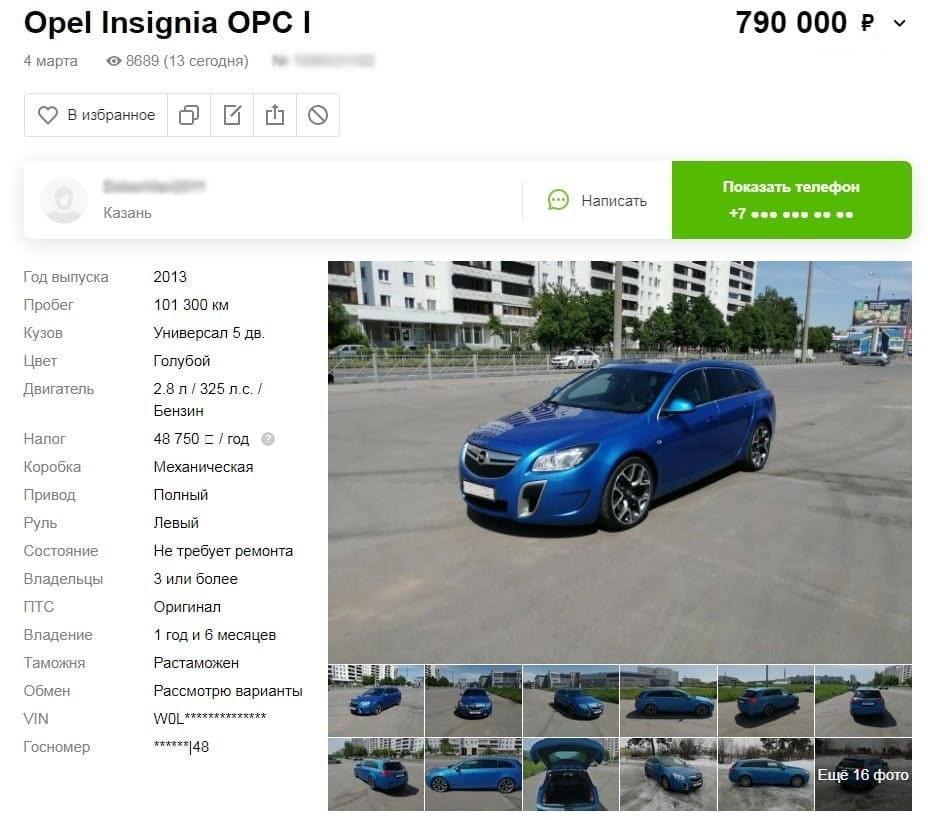
Holden Commodore hero color salutes Brock

Holden believes the changes to the 2012 model will help restore support for it.
The hero color chosen by the late and great racing ace during his time as an automaker returns from the dead - with a twist - for the 2012 Holden Commodore. Brock chose bright blue for his HDT Commodore SS in 1984, during the VK Commodore days, and it's returning with an extra metallic effect in Perfect Blue as part of VE's latest twist.
Timing at its best: the fifth anniversary of the death of "Peter Perfect" in Western Australia on September 8, 2006. The latest Commodore also features improved economy and emissions in both V6-powered models, with some very, very minor cosmetic tweaks. By Commodore standards, this doesn't matter much, though the LPG model, which will arrive before the end of 2011, promises to make a bigger impact.
The new heroic colors - Chlorophyl joins Perfect Blue - are the latest in a long line of striking Commodore body shots that reflect changing times and the influence of Australia's beloved car. It's currently facing one of the toughest challenges on the show floor - ironically, with a baby Mazda3 rather than the Ford Falcon that was its traditional rival - and Holden believes the changes to the 2012 model will help restore support for it.
It all starts with the paintwork, which Holden designer Sharon Gauci said was an easy choice for 2012. “We developed Perfect Blue based on the color of Peter Brock. We went back to the archives and it was great,” she says. For several years we have been making heroic colors, especially for sports models. They are clearly attractive to clients who want something different, something more extroverted. They turn heads and attract attention.
She says Perfect Blue - which also earned Brock's nickname - is a solid color with a subtle metallic content, while Chlorophyl is "more organic and nature-inspired" with a color that changes depending on how it's viewed. “In the interior, we added a few accent stitching in the sport and Berlina style. There are minimal changes in the cabin, ”says Gauci.
Visually, there's also a new 16-inch alloy design on the Omega, a lip spoiler on the Calais V, while Redline models get red Brembo brake calipers, a new polished 19-inch alloy wheel design, and FE3 suspension on the Utah and Sportwagon.
The real benefit of the latest change is improved economy and reduced emissions for the two six-cylinder engines thanks to a new transmission and torque converter on the 3.0-litre engine. They reduce weight and, thanks to updated calibration, also increase efficiency. Replacing the torque converter saves 3.35 kg, and a new gearbox in the 3.0-liter car reduces weight by another 4.2 kg.
“We have reduced the weight of the transmission. We also downsized the torque converter,” says Holden engineer Roger Ety. We subjected them to a series of tests and they turned out to be good. This contributed to some fuel savings. (But) all gear ratios are the same.”
Holden claims that the 1 Commodore saves 3-2012% fuel and CO1 emissions are reduced by 3.5-2%. The headline shows 8.9 liters per 100 km for the 3.0-liter Omega sedan, as Holden also touts an 18 percent improvement in economy since the launch of the VE generation Commodore.
The update also means that all Commodores are now E85 compliant, meaning they are classified as flex-fuel vehicles that can run on bioethanol fuel. “This is a small update. A slight improvement,” admits Holden spokeswoman Shaina Welsh. We're very pleased with how Commodore is progressing. We'll talk about the LPG Commodore later this year. This is the only mechanical change yet to come this year.”
